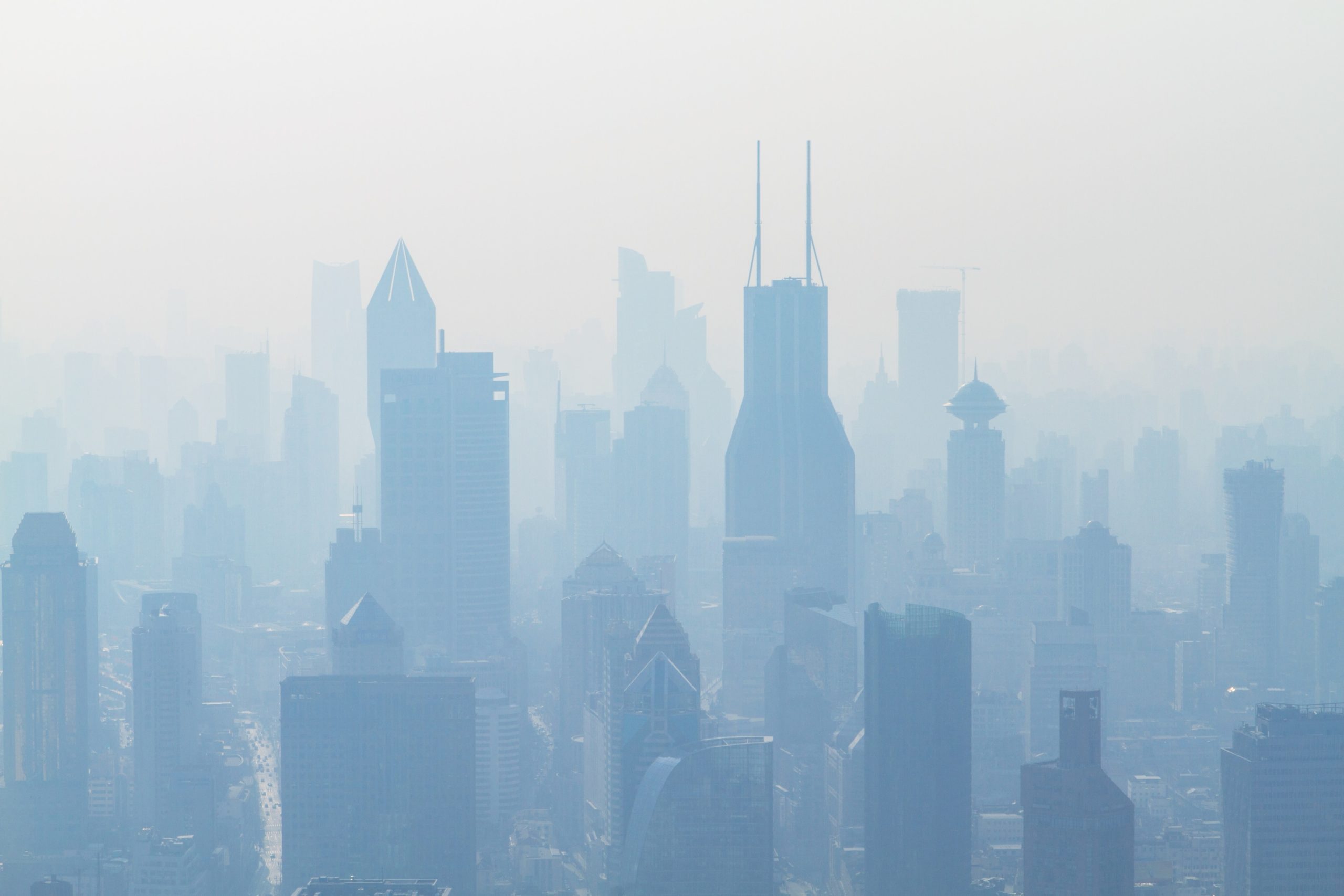How Can Cities Emerge Stronger from COVID-19?
More than half of the world’s population currently lives in urban areas, and this number is projected to sharply rise over the coming decades. Cities and sustainability have a complicated relationship – on the one hand, urbanization is associated with concentrated energy use, urban heat islands, and increased impervious surfaces that can contribute to floods and higher rates of erosion. Yet, cities also encourage public transportation, drive green innovation, and use space more efficiently when designed to avoid sprawl.
The COVID-19 pandemic highlights the challenges – as well as important opportunities – for resilience that are unique to urban environments. Major global hubs like New York City, Wuhan, and Sāo Paulo quickly became epicenters of the pandemic, struggling with overflowing hospitals, snaking food-bank lines, and tragic death rates. But they were also able to create uniquely effective networks of both information and resource sharing.
A new commentary in Nature, featuring authors from across Future Earth’s Knowledge Action Networks, explores how strengthening and extending these networks within and between cities will ensure urban resilience in the face of crises like future pandemics and climate change.
Although the globe is still reckoning with the impacts of the ongoing pandemic, there are several emerging lessons that can help drive future urban resilience. Rapid response to the virus, for example, largely occured where there are strong connections between governance and science at all levels, and the differences this effectiveness had on the spread of the virus is stark. Despite its population of more than 2.5 million, Thiruvananthapuram, the capital of the Indian state of Kerala, had just over 4,000 confirmed cases and 12 deaths by the beginning of August; New York City, on the other hand, saw more than 220,000 cases and around 19,000 deaths by the beginning of August.
Contrary to traditional understandings of cities, these differences were not caused by density, but rather by the timeliness of action taken by authorities. This reveals another important lesson learned so far from the pandemic: rapid, reliable, accurate, and science-based information is imperative for crises like COVID-19. Combating misinformation, confusion, and contradiction is crucial when convincing citizens why and how they should social distance, wear masks, and quarantine for faster recovery.

Not only has COVID-19 illuminated the joint need for reliable science and strong leadership, but it has also raised important questions of equity. The urban poor and certain minority ethnic groups are disproportionately impacted by COVID-19. In fact, in the United States, Black and Latinx communities experience rates of infection and death more than twice as high as those of white and Asian American communities. People facing urban poverty and racial inequality and the COVID-19 pandemic simultaneously are dealt a double blow, exacerbating issues of social and environmental justice.
In the midst of these tragedies, however, connections between certain cities have emerged as a particular strength. As the pandemic was first emerging throughout China, many Chinese cities received masks and protective equipment from their sister cities in other Asian countries; once recovered, these Chinese cities then returned the favor.
Supplies are not the only valuable asset that cities can share; the transfer of knowledge has also helped in the face of the pandemic. Applying lessons from Wuhan, Beijing was able to test 2.95 million people in 11 days from the first confirmed case in June. Without this cross-city coordination, infection rates and deaths might have soared much higher. Similarly, as possible vaccines or drugs are tested, the dissemination of knowledge from one city to the next will be required to halt the global pandemic in its tracks.
Other strengths have emerged from partnerships between cities and non-governmental organizations, showcasing the value of network mobilization. When urban leadership fails to rapidly respond to crises, communities and other bodies step up to the challenge; this has been seen throughout the world as COVID-19 has spread. For example, a network of community leaders across the ten largest informal settlements of Brazil, called G10 Favelas, has been hard at work, providing medical supplies and raising donations to hire health staff for residents. Community members and leaders joined together, emphasizing the importance of connections between government agencies, NGOs, philanthropists, and individuals in building resilience to complex problems in cities.
COVID-19 has been a difficult reminder that, in our world today, nothing occurs in isolation. Deforestation in Asia can drive human-transmission of a virus that spreads to every continent. Carbon emissions from automobiles in London can contribute to the flooding of a family’s home in the Maldives. A student in Beijing can virtually participate in a university class and sway the perspective of a professor teaching from Los Angeles. Recognizing the power of the invisible networks that touch us all, we can leverage these connections by calling for cities to develop what the authors describe as ‘networked functional resilience.’
Moving forward, cities need to work together to develop stronger and deeper networks. One city working alone will be worse off than clusters of cities working in collaboration. In a world that is increasingly globalized, interconnected, and complex, networks have never been so integral to daily life and a safer, more sustainable future.
Read the full commentary in Nature, entitled Cities: build networks and share plans to emerge stronger from COVID-19.
DATE
September 3, 2020AUTHOR
Julie JonesSHARE WITH YOUR NETWORK
RELATED POSTS
Future Earth Members Selected as Experts for IPCC Special Report on Cities
COP28: Health is Finally on the Agenda – But There’s More to do as We Face Continued Climate Extremes
Future Earth Member Xuemei Bai in Journal Science: Make the Upcoming IPCC Cities Special Report Count